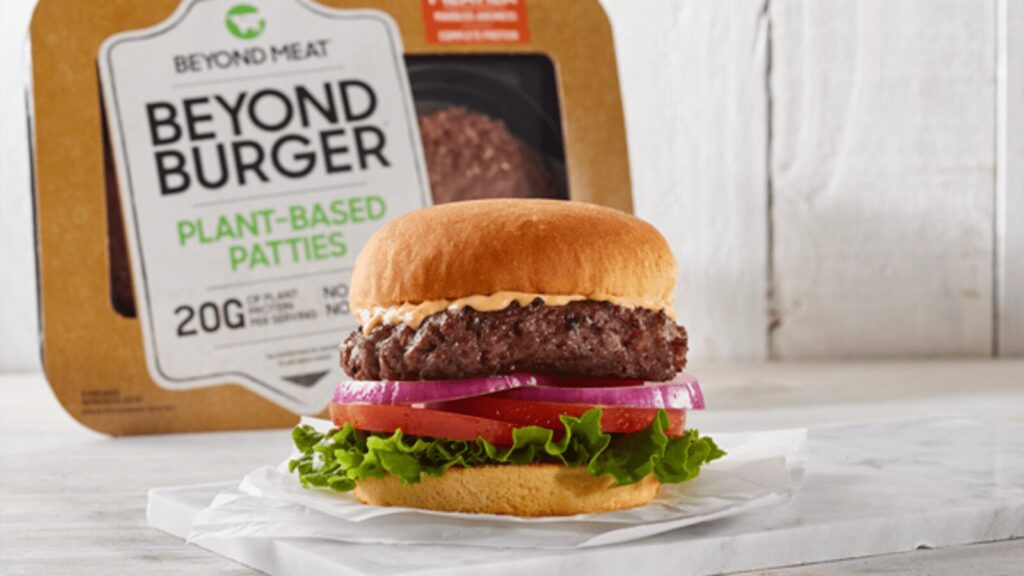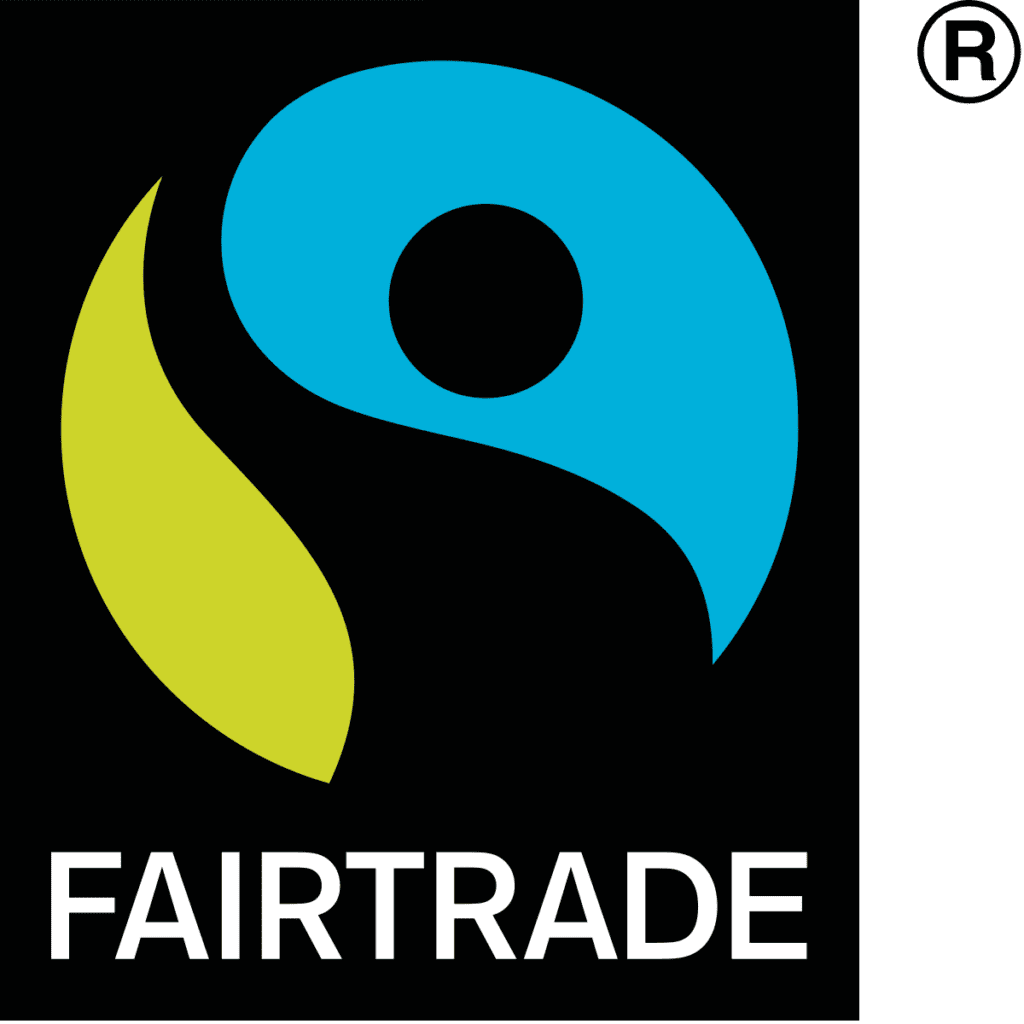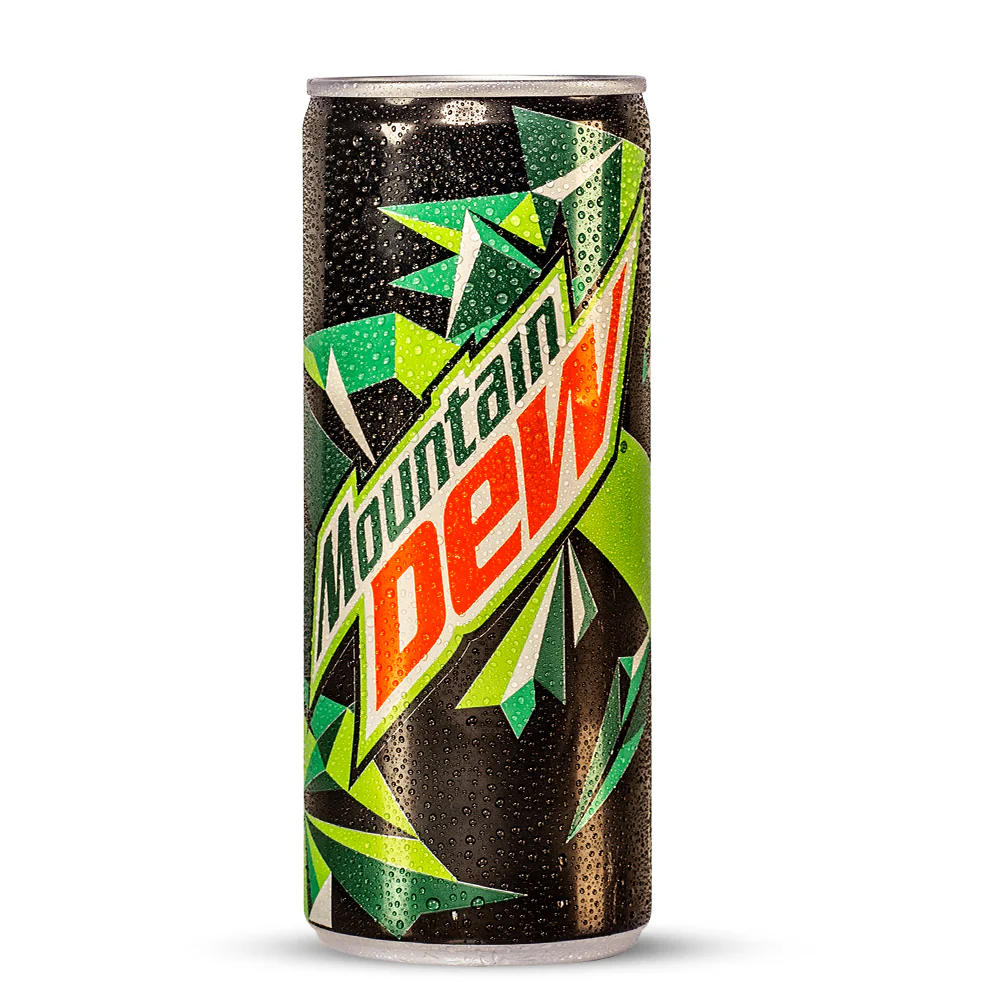Embracing Ingredient Branding for Growth

By working with well-known ingredient brands, companies may increase their visibility, product awareness, legitimacy, and consumer trust.
To improve the perceived value and potential sales of a brand or product, it is common practice to include well-known ingredient brands into the mix.
It is common practice to use the ingredient brand to boost the popularity of a product or brand that incorporates the ingredient’s recognised innovative technology by drawing attention to the component’s distinctive qualities or performance.
Ingredient brands need to have these qualities to succeed:
To boost the value of the brand as a whole, the ingredient has to be very distinctive.
- The ingredient’s worth is in its own identity; thus, it should have its name, logo, and function.
- The customer must comprehend the host brand before they can appreciate the ingredient’s added value.
- To avoid the intent being missed, the ingredient should be subordinate to the host brand.
Highlighting the value of the stated ingredient, differentiating the product from competitors, and building customer trust are the goals of ingredient branding as a growth strategy. Important aspects of ingredient branding’s plan for growth are as follows:
- Getting a Distinct Ingredient
Find the one ingredient that makes the product special. The addition of this distinctive ingredient should significantly improve the product’s overall performance, quality, or attractiveness.
An ingredient brand is Gore-Tex fabric, which is both waterproof and breathable. Due to its particular characteristics, it is highly sought after in the outdoor and athletic markets, where it imparts a distinct advantage to products such as footwear and outerwear.
- Building the Ingredient’s Brand Recognition
Developing a distinct brand identity for the ingredient necessitates coming up with a name, logo, etc. that draws attention to the ingredient’s qualities and advantages. The objective is to make the component more readily identifiable and associated with it.
Intel exemplifies ingredient branding. Computers often use Intel CPUs, and the “Intel Inside” marketing campaign solidified Intel’s reputation as an icon of dependable performance.


- Communication of Value Proposition
Promoting the highlighted ingredient’s value proposition is crucial to its branding. Through integrated marketing communications, brands must express precisely how the component improves the product, setting it apart from competitors.
Sweeteners such as NutraSweet, a kind of aspartame, are used in many different foods and drinks. Its marketing highlights the value it contributes to the finished goods by emphasising the low-calorie and sugar-free advantages.

- Working Together with Affiliate Brands
Brands of the main ingredient and the finished product working together is a win-win. Partnerships of this kind could lead to joint promotions, advertising campaigns, and co-marketing.
The “Intel Inside” campaign is a collaborative effort by many computer manufacturers. These include Lenovo, Dell, HP, and HP. Partnerships like this increase awareness of Intel CPUs and their advantages, which in turn helps the company’s reputation.
- Gaining the Confidence of Customers
The highlighted component must enhance the product’s value for consumers to believe in it. Brands may do this by being open and honest about the ingredient’s origin, manufacturing approach, and advantages. Another way to boost customer confidence is to get certifications or endorsements from respected groups.
Johnson & Johnson produces the Lycra brand, which is well-known for its enduring and stretching properties. Customers have more faith in the brand when they can see that it is transparent about its sourcing and manufacturing methods.

- Discovery, Innovation and New Product Development
It calls for an unwavering dedication to R&D and innovation. Brands must maintain a technological, quality, and performance advantage when it comes to the highlighted element. The strategy’s continued success is due in large part to the component, which undergoes regular upgrades and modifications.
The incorporation of Dyson’s cyclone technology into its vacuum cleaners exemplifies their commitment to constant innovation. The efficiency and efficacy of the company’s vacuum cleaners are being steadily improved through continuous research and development.

- Building a Premium Image
Including a unique component in a product’s branding helps to elevate the product’s perceived quality. Companies may use this impression to their advantage by charging more for better products and services, which attracts customers who are prepared to spend more.
Many high-end timepieces boast Swiss movements as an exclusive characteristic. By marketing their watches as luxury and distinctive, companies like Rolex and Omega use the solid reputation of Swiss craftsmanship to their advantage.

- Assessing and Adapting to Changes in the Market
Stay abreast of consumer trends and market conditions at all times. To stay ahead of the competition and make the most of consumer input, brands should constantly assess the market and make adjustments to their ingredient branding strategy accordingly.
As plant-based diets gain popularity, Beyond Meat, a brand recognised for plant-based meat substitutes, adapts. The company changes by introducing new goods and services as consumer preferences move towards more environmentally and socially responsible alternatives.

- Developing New Product Lines and Expanding Their Use
Brands may increase the effectiveness of ingredient branding by looking for ways to use the highlighted component in other products. The expansion opens up new opportunities for the brand to connect with more people and take advantage of the good connections people have with the distinctive component.
As an example of a prominent ingredient finding new uses, consider Corning’s decision to use Gorilla Glass in smartphones. Gorilla Glass has broadened its application beyond electrical device covers to include several product categories.

- Ethics and Sustainability
Ethical sourcing and environmental consciousness are major factors in today’s industry. Promoting sustainable methods, ethical ingredient sourcing, and a positive influence on communities are all great ways to build ingredient branding strategies.
A company’s commitment to ethical sourcing is shown when it gets Fair Trade certification for its coffee or chocolate supplies. Brands like Ben & Jerry’s and Green & Black’s employ this mark to draw in consumers who value ethical and sustainable activities.

Conclusion
Ingredient branding can be a valuable growth strategy for businesses with unique and differentiated components. By focusing on target audiences, crafting a compelling message, and building strong partnerships, ingredient brands can empower their partners and unlock new market opportunities. However, careful planning, ongoing monitoring, and adaptation are essential for success in this dynamic landscape.
Reference
https://brandingstrategyinsider.com/the-growth-strategy-of-ingredient-branding/




1 Comment